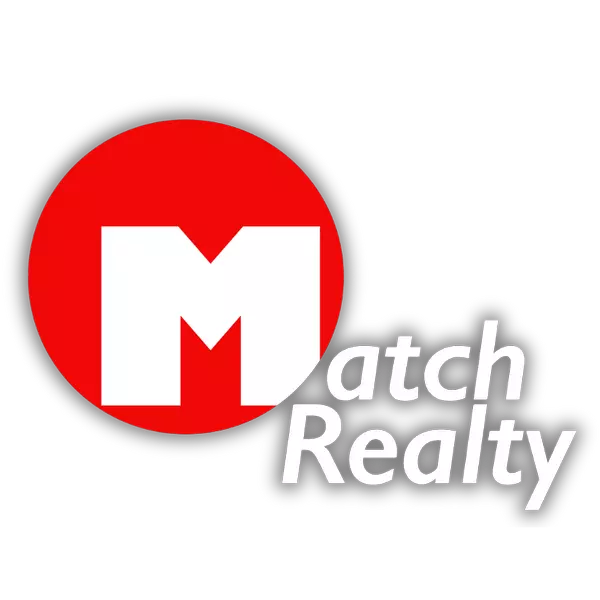Public Transportation in Metro Detroit: Where It’s Going and What It Means for You
Metro Detroit is a region known for its car culture, but the conversation around public transportation is changing. As the city and surrounding suburbs continue to grow and attract new residents, the demand for more accessible, reliable, and modern transit options is louder than ever. With new projects underway and conversations about expanding services, public transportation in Metro Detroit is at a turning point. Here’s what you need to know about where it’s going—and what it means for you.
The Current State of Public Transit
Public transportation in Metro Detroit today is largely supported by two main systems: DDOT (Detroit Department of Transportation), which serves the city, and SMART (Suburban Mobility Authority for Regional Transportation), which connects many suburbs. The QLINE streetcar along Woodward Avenue also provides a transit link through Detroit’s central corridor, while the People Mover continues to serve downtown.
While these systems provide critical services, challenges remain—such as limited regional coordination, inconsistent service frequency, and gaps in accessibility for suburban and outer-city residents. However, new projects are looking to close these gaps.
New Developments on the Horizon
Several major investments are reshaping the future of Metro Detroit transit:
- Bus Rapid Transit (BRT): Proposed BRT systems, such as along Michigan Avenue and Woodward, would give riders faster, more efficient bus services with dedicated lanes and fewer stops.
- Joe Louis Greenway Integration: As this massive 27.5-mile loop takes shape, planners are looking at ways to connect it with bus, bike, and rail systems to make travel more seamless.
- Regional Transit Authority (RTA) Initiatives: Ongoing discussions around funding and voter-backed measures could support long-term investments in regional connectivity, linking Wayne, Oakland, Macomb, and Washtenaw counties.
- Technology and Mobility Hubs: With Ford’s Michigan Central campus and other mobility-focused initiatives, public transit could integrate more closely with autonomous shuttles, ride-sharing, and last-mile solutions.
What It Means for Residents
For Detroiters and Metro Detroit residents, these developments could bring a range of benefits:
- Increased Accessibility: Improved public transportation can connect more neighborhoods to job centers, schools, and healthcare facilities.
- Reduced Traffic and Costs: With better transit, fewer people may rely solely on cars, saving on gas, insurance, and parking.
- Boosted Property Values: Homes near reliable transit options often see higher demand and long-term appreciation.
- Sustainability Gains: More public transit means fewer emissions, contributing to cleaner air and healthier communities.
Why This Matters for the Future
The growth of public transportation in Metro Detroit isn’t just about convenience—it’s about shaping the region’s future. As the city continues to reinvent itself, robust transit systems will be critical to attracting businesses, retaining young professionals, and making neighborhoods more livable. For homeowners and investors, the areas around upcoming transit hubs may offer unique opportunities for growth.
✅ Pro Tip: If you’re considering buying a home or investment property, keep an eye on neighborhoods along major transit corridors like Woodward, Michigan Avenue, and Grand River. As these routes expand, their value is likely to grow.
Categories
- All Blogs (337)
- Down Payment Assistance (1)
- Instagram (1)
- Match Realty Listings (6)
- Metro Detroit (104)
- Metro Detroit Condos (8)
- Metro Detroit Counties (2)
- METRO DETROIT REAL ESTATE GUIDE (113)
- METRO DETROIT REAL ESTATE STORY (66)
- Neighborhoods (12)
- NEWS (2)
- Real Estate Investing (6)
- Top 5 Detroit (1)
- TOP METRO DETROIT'S (26)
Recent Posts










GET MORE INFORMATION

